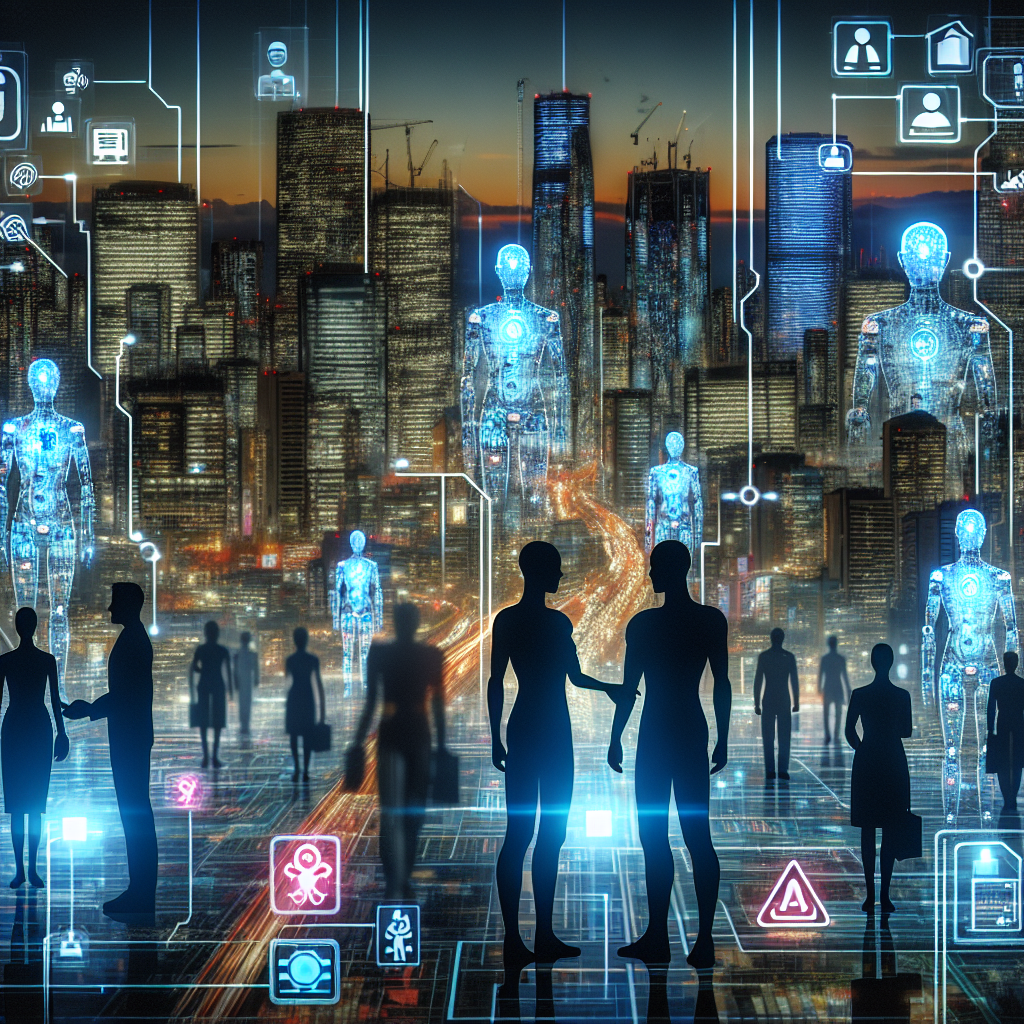As technology continues to advance at an unprecedented rate, the prospect of artificial general intelligence (AGI) has become a topic of increasing interest and concern. AGI refers to a hypothetical form of artificial intelligence that possesses the ability to understand, learn, and apply knowledge in a broad range of tasks, much like a human being. While current AI systems are designed for specific tasks and lack the flexibility and adaptability of human intelligence, AGI has the potential to revolutionize virtually every aspect of society.
In this article, we will explore the potential and pitfalls of AGI, discussing the implications of this technology for various industries and society as a whole. We will also address common questions and concerns surrounding AGI, providing insights into the future of this rapidly evolving field.
The Potential of AGI
One of the most significant benefits of AGI is its potential to enhance productivity and efficiency across a wide range of industries. By automating complex tasks that currently require human intervention, AGI has the power to streamline processes, reduce costs, and improve overall performance. This could lead to significant advancements in fields such as healthcare, finance, manufacturing, and transportation, among others.
In the healthcare industry, for example, AGI could be used to analyze medical data, diagnose illnesses, and develop personalized treatment plans for patients. This could lead to more accurate diagnoses, faster treatment times, and improved patient outcomes. Similarly, in the finance sector, AGI could be used to analyze financial markets, predict trends, and make investment decisions with greater accuracy and efficiency.
Another potential benefit of AGI is its ability to tackle complex scientific and engineering challenges that are beyond the capabilities of human researchers. By leveraging the vast computational power of AGI, scientists and engineers could make breakthroughs in areas such as climate modeling, drug discovery, and materials science. This could lead to the development of new technologies, treatments, and solutions that have the potential to transform society.
Furthermore, AGI has the potential to revolutionize the way we interact with technology and the world around us. By creating intelligent systems that can understand and respond to human language, gestures, and emotions, AGI could enable more natural and intuitive interactions with machines. This could lead to the development of advanced virtual assistants, autonomous vehicles, and other intelligent systems that enhance our daily lives.
The Pitfalls of AGI
While the potential benefits of AGI are vast, there are also significant pitfalls and risks associated with this technology. One of the primary concerns is the potential for AGI to outperform and replace human workers in a wide range of industries, leading to widespread job displacement and economic disruption. As AGI becomes more advanced and capable, the need for human labor in many sectors may diminish, resulting in unemployment and income inequality.
Another major concern is the ethical and societal implications of AGI. As intelligent systems become more autonomous and capable of making decisions independently, questions arise about the accountability, transparency, and fairness of these systems. Issues such as bias, discrimination, and privacy violations could become more prevalent as AGI systems are deployed in various applications.
Furthermore, there is a growing concern about the potential for AGI to pose existential risks to humanity. As AGI systems become more intelligent and autonomous, there is a possibility that they could develop goals and motivations that are in conflict with human values and interests. This could lead to catastrophic outcomes, such as the destruction of humanity or the subjugation of human beings by superintelligent machines.
FAQs About AGI
Q: What is the difference between AGI and artificial narrow intelligence (ANI)?
A: AGI refers to a form of artificial intelligence that possesses the ability to understand, learn, and apply knowledge in a broad range of tasks, much like a human being. ANI, on the other hand, refers to a form of artificial intelligence that is designed for specific tasks and lacks the flexibility and adaptability of human intelligence.
Q: When will AGI be achieved?
A: The timeline for achieving AGI is uncertain, as it depends on a variety of factors, including technological advancements, research breakthroughs, and funding availability. Some experts predict that AGI could be achieved within the next few decades, while others believe it may take much longer.
Q: What are the potential benefits of AGI?
A: Some potential benefits of AGI include enhanced productivity and efficiency across industries, breakthroughs in scientific and engineering challenges, and more natural and intuitive interactions with technology.
Q: What are the potential risks of AGI?
A: Some potential risks of AGI include widespread job displacement, ethical and societal implications, and existential risks to humanity.
In conclusion, the future of AGI holds great promise and potential, but also significant challenges and risks. As this technology continues to evolve and mature, it is essential for researchers, policymakers, and society as a whole to address the ethical, societal, and safety implications of AGI. By approaching the development and deployment of AGI with caution and foresight, we can maximize the benefits of this technology while mitigating its potential pitfalls.

